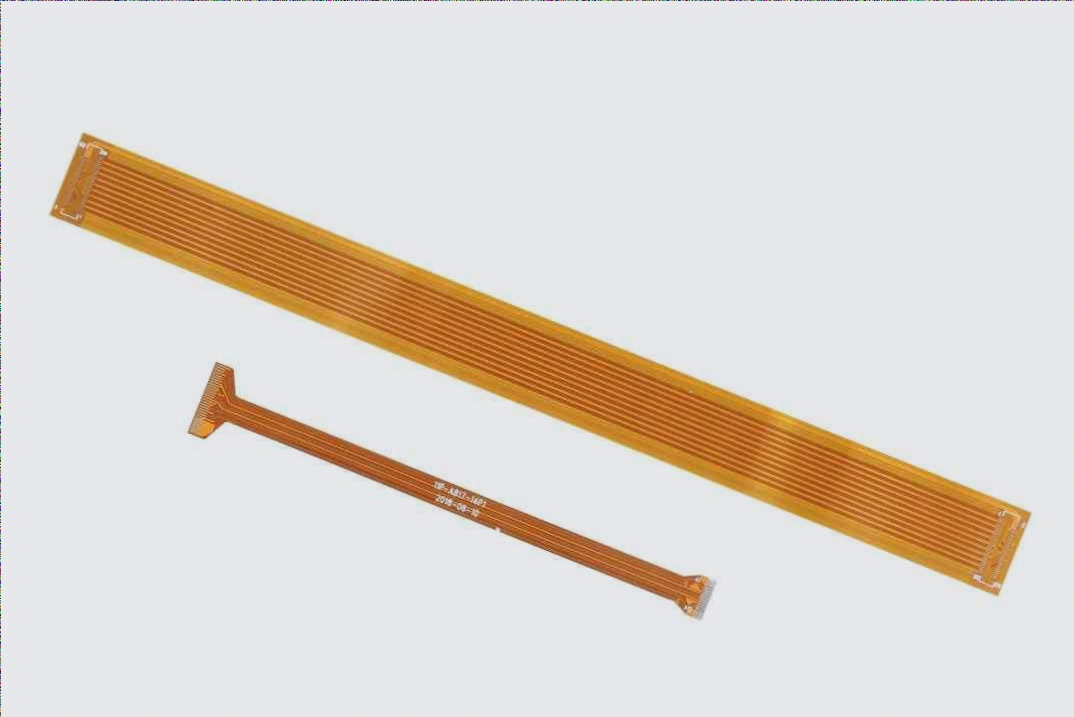PCB Potting: Protecting Your Circuit Boards
What is PCB Potting?
PCB potting is a method used to safeguard circuit boards by encasing them in a protective liquid material called potting compound or potting resin. This technique shields the boards from wear, thermal, chemical, impact, and environmental hazards.
Types of PCB Potting Materials
- Epoxy Resin: Known for its strong chemical resistance and high adhesion, epoxy resin offers excellent insulation but may have drawbacks like long curing times and poor low-temperature resistance.
- Polyurethane: A flexible material suitable for sensitive components, although not as heat and moisture resistant as other options.
- Silicone: Durable and flexible, ideal for extreme temperature applications but can be costly.
Main Functions of PCB Potting
- Enhance Integrity: Strengthens device integrity against shocks and vibrations.
- Improve Insulation: Enhances insulation for miniaturization and lightweight design.
- Protection: Protects components from water, dust, and moisture.
- Heat Transfer: Facilitates heat conduction.
Potting Process
The potting process involves injecting potting adhesive into electronic devices to form high-performance insulation materials. Curing these materials creates a protective layer for bonding, sealing, and coating.
Benefits of Potting Adhesive
Potting adhesive provides long-term protection for circuits and components, offering functions like waterproofing, insulation, anti-corrosion, and shock resistance. Common materials include epoxy resin, silicone, and polyurethane.
Protecting Your Electronic Products
Whether for indoor or outdoor use, using potting materials is crucial to ensure the stability and performance of electronic products. Choosing the right potting material is key to maintaining precision and reliability in electronic applications.




